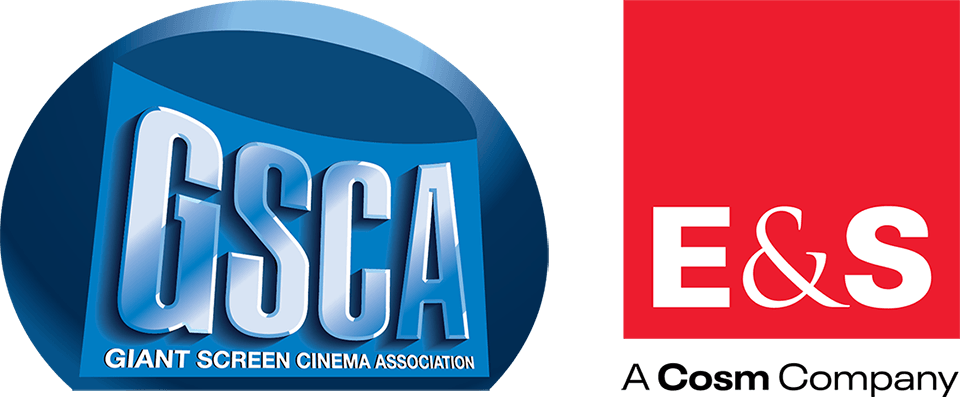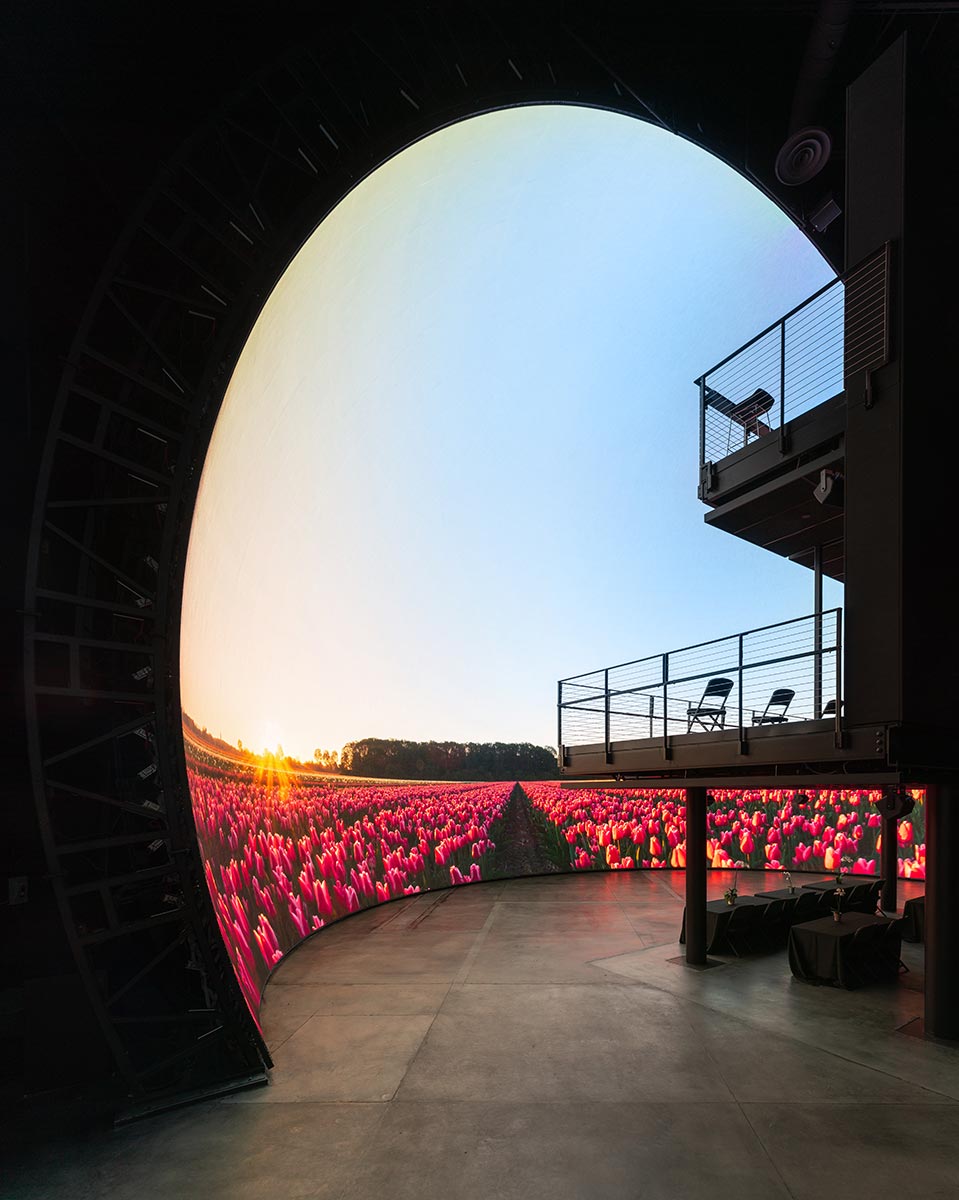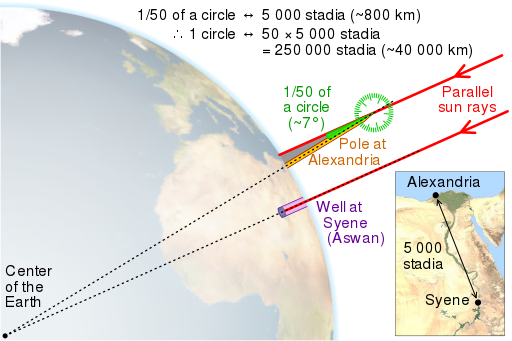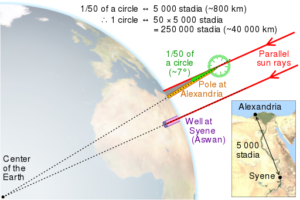
Evans & Sutherland Supports GSCA as the Exclusive Partner Sponsor for Virtual Film Expo 2021
April 15, 2021—The Giant Screen Cinema Association (GSCA) is pleased to announce Evans & Sutherland, a Cosm Company, as the exclusive Partner Sponsor for Virtual Film Expo 2021, April 19–23.
Evans & Sutherland (E&S) is a committed supporter of GSCA, and believes their major contribution to the Virtual Film Expo is an important step in helping the Association grow and advance the industry. As GSCA theaters adapt to the challenges of Coronavirus worldwide, E&S is investing in the future success of Giant Screen theaters and innovative technologies that will impact long-term success.
E&S will showcase its technical advancements during the GSCA Virtual Film Expo, including a comprehensive look at the DomeX LED dome system, a next-generation spherical screen with an LED display surface.
“There’s never been a more important time to support the Giant Screen Cinema community,” said Scott Huggins, Director of Business Development for E&S. “We’re constantly striving to advance technology and, ultimately, audience excitement about immersive cinema. We’re hopeful our investments in Giant Screen Cinema impact the success of GSC theaters and provide inspiring experiences for their audiences.”
GSCA attendees are invited to learn about advances in digital display and diverse content for theaters during the session on Fri., Apr. 23, at 1 p.m., ET. E&S will also share information about innovations in show content and alternative applications for dome display systems.
“Evans & Sutherland continues to display its commitment to the giant screen industry, the dome theaters in particular, year after year,” said GSCA Executive Director Tammy Barrett. “Their support is instrumental in GSCA being able to produce the high-quality events our members expect and deserve.”
“We are very proud of our commitment to GSCA as a Partner sponsor for Virtual Film Expo,” said Kirk Johnson, E&S Executive Vice President and General Manager. “As industry innovators and the leaders in dome display, we see investment in Giant Screen Cinema as central to the E&S mission, and we’re excited about the future of our technology and its impact on the audience experience.”
E&S is currently showcasing innovations in content and dome display applications at its new Experience Center, located in the University of Utah’s research park in Salt Lake City. The Center showcases DomeX, an 8K immersive LED dome and the only one of its kind in the world. Visitors experience the awe-inspiring LED technology while also viewing its predecessor, the Spitz NanoSeam, the market leader in projection screens. With the DomeX LED display, the company improves the viewer experience and overcomes limitations of projection-based systems: shadows, resolution, contrast, reflections, brightness, and more. The experience is powered by the seventh iteration of E&S’s core rendering engine, Digistar, showing real-time rendered environments, live-streamed and recorded videos, and live content integrations with Unreal Engine and Unity.
The DomeX display is a LED 20-meter diameter truncated dome vertically positioned to allow viewers full floor to ceiling immersion. It touts over 5,000 square feet of display, with 8K resolution, 29.5 million pixels, and ~4.5 miles of CAT6 data cable.
The GSCA Virtual Film Expo 2021 will be held April 19, 21, and 23, and will feature on-demand screenings of new films, films in production, and projects in development; an innovations session including presentations on the history of aspect ratio, a high-resolution camera shootout, and processes for digitally scanning 65mm film; the sessions The State of the Giant Screen Industry, Improving the Business Model: We Know It Has to Change, But How Exactly?, and Theater Re-opening Tips and Best Practices; and many opportunities to network and connect on the digital platform. More information can be found at www.giantscreencinema.com/Events/Virtual-Film-Expo-2021
About Evans and Sutherland
Evans & Sutherland, a Cosm company, provides DomeX immersive LED domes, in combination with ESX, the world’s most advanced giant dome cinema and full dome planetarium playback system, ideal for replacing 15/70 film systems. E&S combines fulldome video playback in 2D and 3D with a comprehensive real time 3D digital simulation package, all within an easy-to-use graphical user interface that makes creating shows simple and intuitive. E&S invented digital projection in domes, and created the first immersive fulldome installations. As a full-service system provider, E&S offers Spitz domes, planetariums, and a full range of theater systems. E&S markets include planetarium theaters, science centers, themed attraction venues, and premium large-format theaters. E&S products have been installed in over 2,000 theaters worldwide.
About GSCA
The Giant Screen Cinema Association’s mission is to facilitate communication, information sharing, and the development of best practices to support the production and exhibition of original, high-quality, educational, and entertaining giant screen cinema experiences. GSCA’s membership includes more than 250 organizations in nearly 30 countries. Member organizations include giant screen filmmakers, distributors, theaters, suppliers, manufacturers, and students from around the world.



